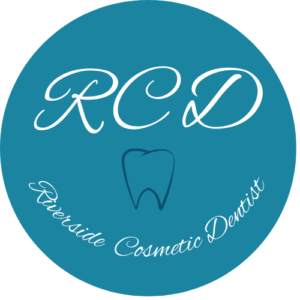Tooth Decay
- What is tooth decay?
- What causes tooth decay?
- Dental Diseases Caused by Tooth Decay
- Treatment Options for Tooth Decay
- About Riverside Cosmetic Dentist – Dr. Ali Shmara

What is tooth decay?
Tooth decay is the early stage of rotten teeth. A decayed tooth is a tooth with a damaged surface. The damaged tooth surface may look like a white spot or a hole.
What causes tooth decay?
A combination of factors can cause tooth decay. Tooth decay is a result of acids breaking down the protective layer of your teeth known as tooth enamel. Damage to your enamel and enamel-enhancing minerals can become irreversible if excess sugars and bacteria accumulate around your teeth.
Oral Bacteria: Our mouths are home to numerous bacteria which can metabolize sugars and produce acids. These acids can damage tooth enamel and initiate tooth decay.
Diet: A diet high in sugary and starchy foods provides a constant source of nourishment for harmful bacteria. When you eat sugary or carbohydrate-rich foods, the bacteria feed on them and produce acids that can damage your teeth.
Poor Oral Hygiene: Skipping tooth brushing and flossing will leave food particles and plaque on teeth. Over time, plaque hardens into tartar, which is more difficult to remove and can contribute to decay.
Dental Diseases Caused by Tooth Decay
If neglected, tooth decay can lead to severe pain, infection, and in some cases tooth loss. Cavities are common dental conditions that tooth decay can cause. Severe cases of tooth decay can travel deep into the tooth root, requiring a root canal treatment.
Treatment Options for Tooth Decay
Dental fillings are common treatments for tooth decay.
Root canal treatments are an option is infection from tooth decay has traveled into the pulp of the tooth.
Tooth extractions might be required if there is no restorative option, resulting in the need of a dental implant or dental bridge.
About Riverside Cosmetic Dentist - Dr. Ali Shmara
Dr. Ali Shmara has helped the Riverside community smile for over 10 years. He specializes in general, cosmetic, and emergency dental treatments that result in beautiful, healthy, and natural looking smiles. Request your consultation today.
We’re located near Heritage Plaza, on the corner of Valencia St. and Arlington Ave. Our address is 4959 Arlington Ave., Suite A, Riverside, CA 92504


